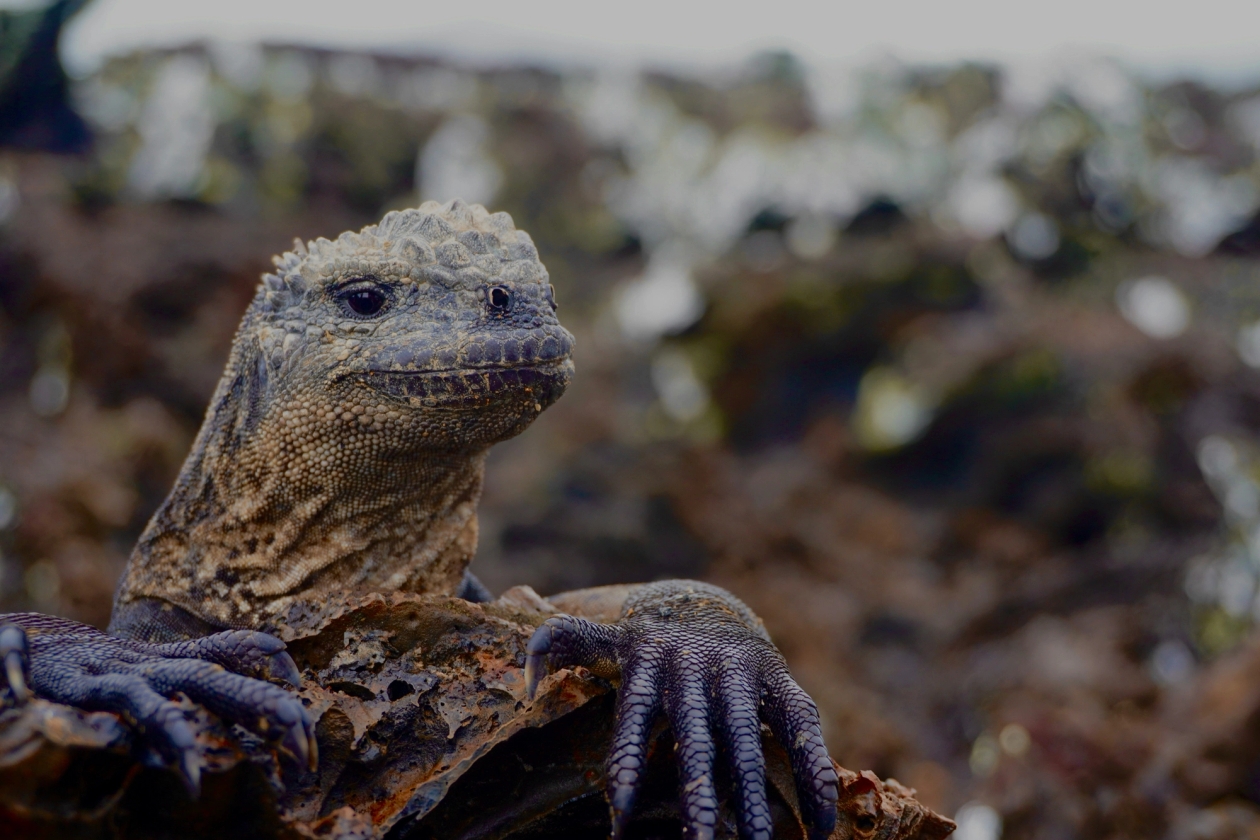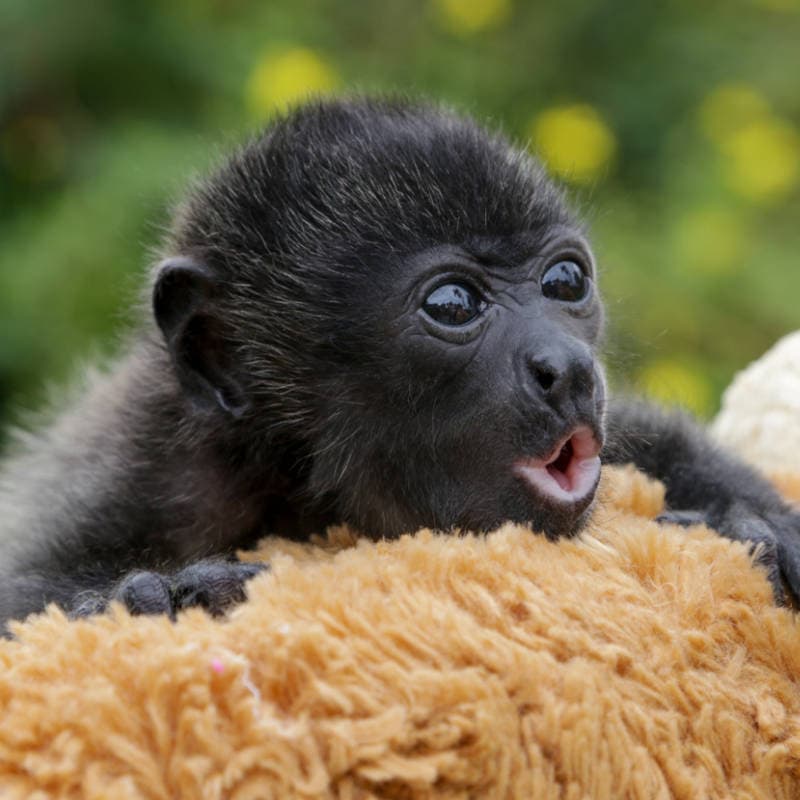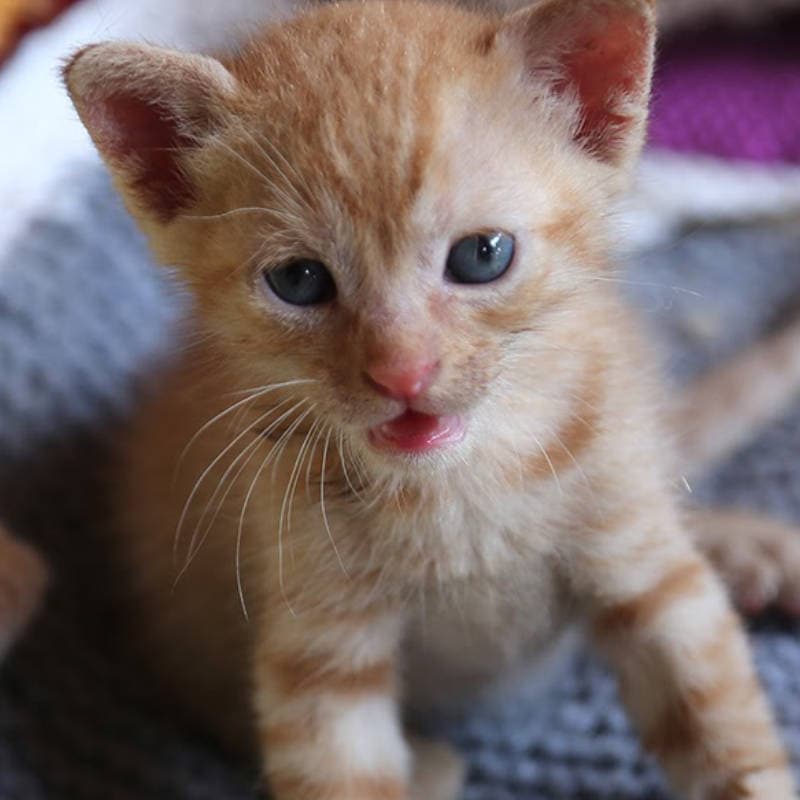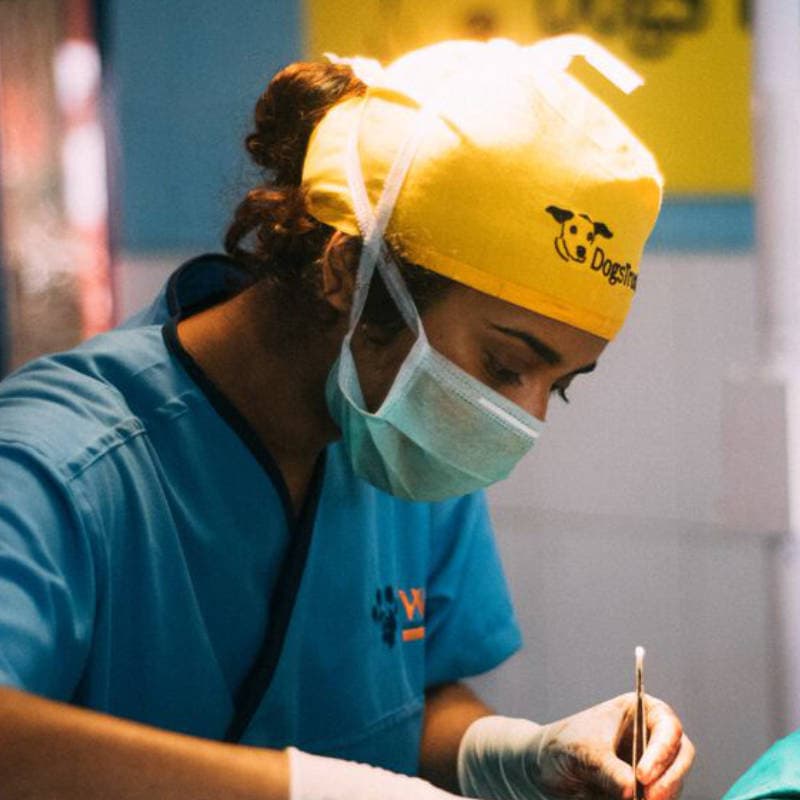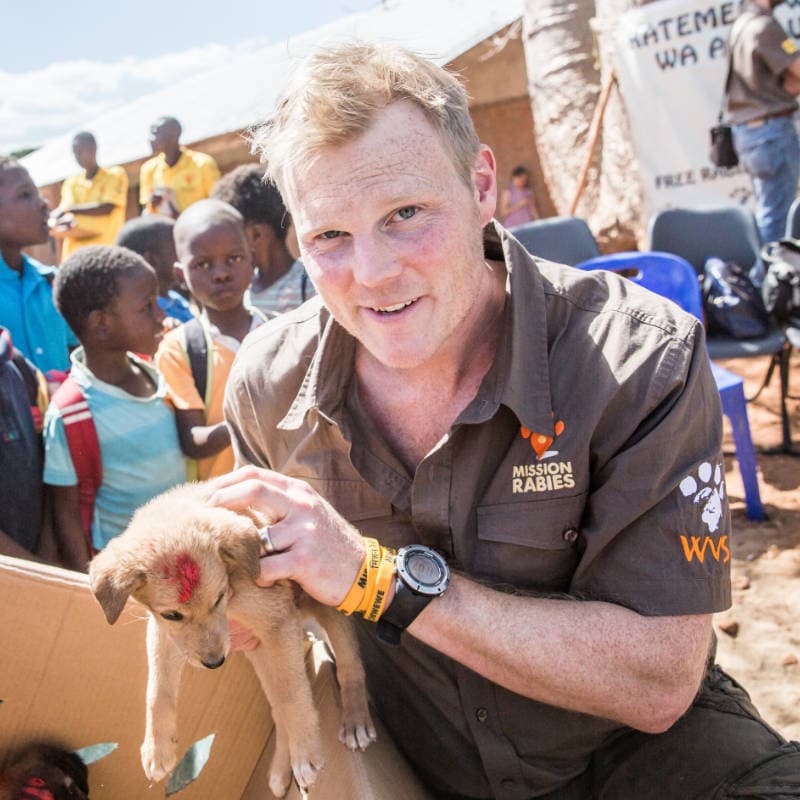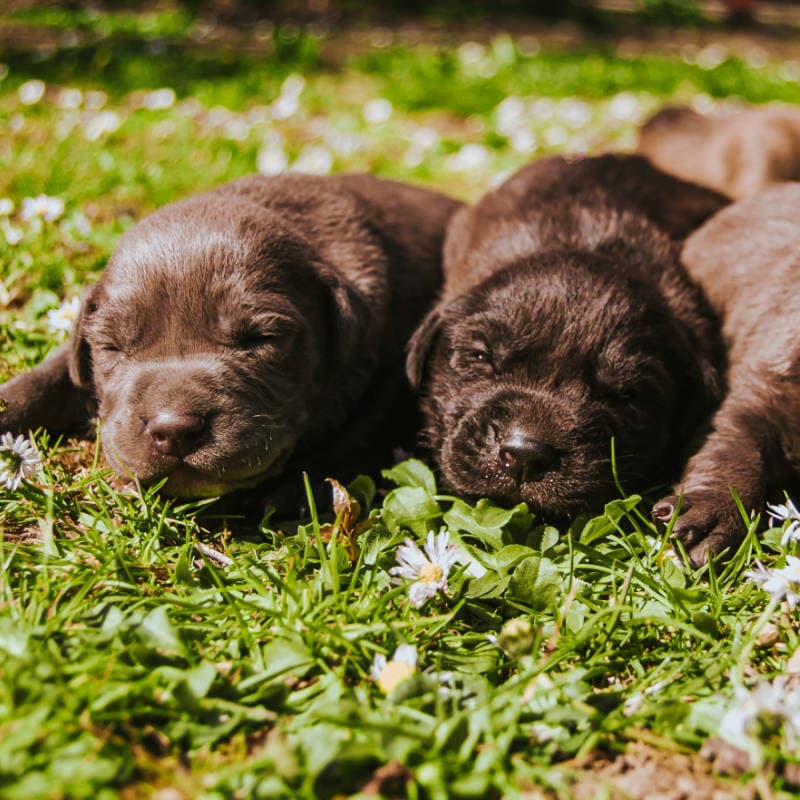Protecting Wildlife, Pets, and People Together in Ecuador
Learn about WVS's work in Ecuador to champion all animals, and think about how you can be an animal champion too!

Welcome, Young Vets, to the Galápagos Islands, a place of stunning beauty and unique wildlife. But did you know that increasing numbers of domesticated animals, like dogs and cats, live there too?
On the islands of Santa Cruz, Isabela, San Cristobal, and Floreana, there are many pets who need healthcare. It’s important that they are looked after properly, including managing parasites and diseases and making sure the population doesn’t grow too much. Otherwise, this can harm the animals that are endemic to the islands – that means they’re native to the islands, and some don’t live anywhere else!

The native animals have always lived on the Galápagos Islands. But with climate change, more people moving to the islands and increased tourism, their habitats and food supplies are shrinking. During the pandemic, things got even harder. Many people had to leave the islands because there weren't enough tourists. This meant that some buildings were empty, and some animals were left behind. But don't worry, help was on the way!
The local government were doing an excellent job of managing the populations of domesticated animals, both strays and those living with people. But this was no small task, especially in the aftermath of the pandemic! In 2021,a special project called Galápagos Animal Doctors arrived to help. This project is run by Worldwide Veterinary Service and Pan Animalia and is supported by the government. Their goal is to care for and treat pets while also helping to control the population numbers, as well as train vets so that all the animals get the best standard of care. By working in partnership with the government, local organisations and veterinary universities, the Galápagos Animal Doctors project has made a huge different for the animals on the Galápagos Islands, and in 2024 launched projects in continental Ecuador with the same mission!
Here's what they've been doing:
- Veterinary Clinic: A veterinary clinic has been set up in Puerto Ayora on Santa Cruz Island. Here, expert vets offer services to the community, including free spaying and neutering surgeries. This clinic helps ensure that pets stay healthy and happy, and they’re very busy! They meet about 140 animals per month.
- Outreach Programmes: The team goes to the highlands to treat pets that don’t have access to veterinary care and support their owners to look after them. By working with local organisations, community members and volunteer vet students, they make sure more pets get the help they need, no matter where they live. This helps local people and pets live happily alongside the endemic wildlife, including marine iguanas, sealions and giant tortoises.
- Volunteer Programme: Galápagos Animal Doctors are always looking for volunteers to help with everything from surgeries to outreach. Both local and international volunteers are welcome, and they provide vital support to keep the project going strong. Last year, vet technician Melinda went to volunteer on the project. She didn’t speak much Spanish, the language spoken there, but said: ‘In the end, I didn’t have to know exactly what was said by the owners because I could feel the appreciation radiating off them as they thanked the doctors for what they did.’

Our work in the Galápagos and continental Ecuador shows that veterinary care doesn’t just treat animals who need help. It limits harm to habitats, stops disruption of fragile ecosystems, and brings communities together to care for all animals – because the world is their home too!
Join the adventure!
All young people who love animals and want to learn more about WVS’s work are welcome at Young Vets Club! You can adopt an animal, receive regular magazines and updates, and take part in lots of fun activities. Together, we can protect the Ecuadorian ecosystems for future generations of wildlife, pets, and people.
Learn some definitions!
- Parasite: A tiny creature that lives on or inside another animal or plant and gets its food from it.
- Endemic: A type of plant or animal that is found only in one specific place in the world.
- Native: A plant or animal that naturally lives in a particular place.
- Tourism: When people travel to different places for fun and to see new things.
- Climate change: The way Earth's weather is changing due to pollution, like getting warmer and having more storms.
- Domesticated animals: Animals that live with people and are tamed, like dogs, cats, and farm animals.
- Pandemic: A sickness that spreads to many people all around the world.
- Strays: Animals, usually pets like cats and dogs, that don't have a home or owner.
- Population: The number of people or animals living in a certain place.
- Spaying/Neutering: A surgery that keeps animals from having babies.
- Ecosystems: All the living things, like plants and animals, and the non-living things, like water and rocks, that work together in a place.


